Stainless steel has variants of the different elemental compositions resulting in grades. These grades are represented by a set of alphanumeric identification codes unique to every variant. Among these grades is the J series, which are stainless distinct with low nickel content. Let’s discuss one specific variant of the J series, the J3 stainless steel.
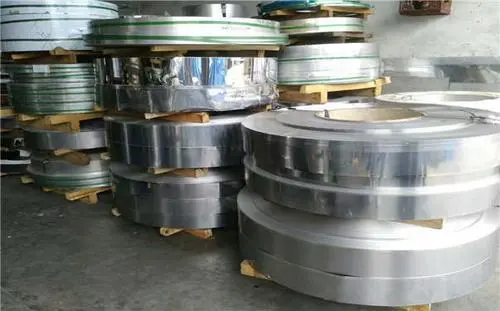
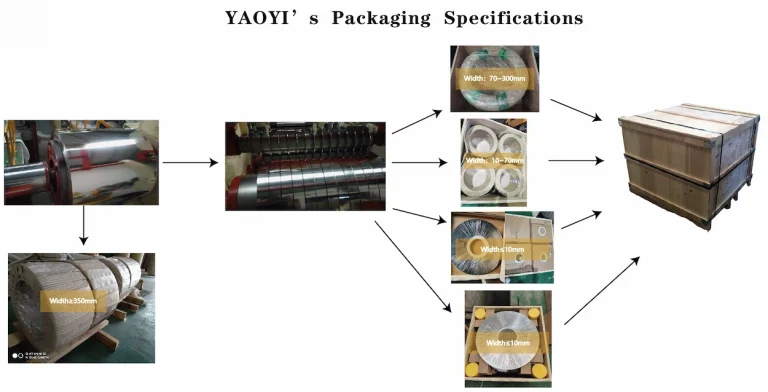
J3 stainless steel is a subgrade emerging from the main J series. You can recognize it by its lower nickel content. Nickel, along with chromium, are some of the most crucial elements in stainless steel.
J3 stands for a specific chemical composition designed to exhibit desired steel properties. We will be discussing these factors here.
Strip
Platform Plate
Tube
Sheet
|
C |
Mn |
P |
Cr |
Ni |
S |
Si |
|
≤0.15 |
7.5~13 |
≤0.045 |
13~15 |
0.8~1.5 |
≤0.03 |
≤1.0 |
|
Type |
Yield Strength 0.2% offset (KSI) |
Tensile Strength (KSI) |
Elongation (2″ Gauge length) |
|
J3 Ann |
30 min. |
75 min. |
60 min. |
|
J3 ¼ Hard |
75 min. |
125 min. |
40 min. |
|
J3 ½ Hard |
245 max |
635max |
20 min. |
If your product needs to work in a mild to moderately corrosive working environment, then J3 stainless steel is an important option for your product’s raw materials. J3 stainless steel is a chromium-manganese austenitic stainless steel. On the basis of austenitic stainless steel, an appropriate amount of nickel, copper and nitrogen are added. At the same time, because it increases the Cr content, the corrosion resistance of J3 stainless steel is stronger than that of J4 stainless steel, which is also a chromium-manganese austenitic stainless steel.
Stainless Steel 316 And 316L Graded By The AISI System
By purchasing stainless steel produced by Yaoyi, you can use the more cost-effective J3 ss to replace the high-priced 304 and 301 materials.
Thickness 0.1 mm~0.3 mm cold rolled J3 stainless steel coil.
J3 stainless steel is hard to identify using direct visual comparison to other steel. Given with different stainless steel products, they will probably all look similar unless there are indicated markings.
The best way to identify steel grades is through their chemical composition and innated properties. After all, it exists because of the steel’s elemental variation. Thus, we’ve elaborated below some of the critical distinctions of J3 stainless steel.
BEST 304 Stainless Steel Products in China
Chromium-nickel alloys typically form an austenitic internal makeup. Microscopic face-centered cubics known as austenite make up this type of structure. Something familiar in all austenitic steels is their incapability of being hardened using heat treatment.
Additionally, they are also non-magnetic in basic annealed form.
J3 stainless steel is categorized under the same austenitic structure. Thus, it exhibits the characteristics mentioned above. Specifically, grade J3 is identified as a low nickel chrome-manganese austenitic stainless steel.
J3 stainless steel, akin to most stainless steel, exhibits excellent corrosion resistance. This grade particularly has higher Chromium contents comparative to J4. Chromium is the responsible element for stainless steel’s non-corrosive property.
AISI 304 2B: One Of The Most Commonly Used Stainless Steel
J3 stainless steel has a density of 7.93 g/cm3. It is primarily non-magnetic, non-corrosive, and has excellent corrosion resistance.
Grade J3 has a tensile strength of 635 MPa and a yield strength of 245 MPa. Furthermore, it exhibits a minimum elongation percentage of 20 and a Poisson’s ratio maximum of 0.75. As for hardness, J3 scales equal to or less than 255 in the Vickers Pyramid Number (HV).
AISI 301 Stainless Steel Properties
The chemical composition or property of any steel is their main identifying feature. It acts like a fingerprint unique to every stainless steel grade. As for the case of the J series, their lower nickel contents are one of the key distinctions. Another form of distinction comes in along with their copper content.
There are five subgrades of the J series: J1, J2, J3, J4, AND J5. Within this series, the critical elemental content of their identification is copper. Thus, most industry professionals often include the terms high-copper, mid-copper, or low-copper along with their grade code.
It’s a common practice to identify the grades copper content bracket quickly.
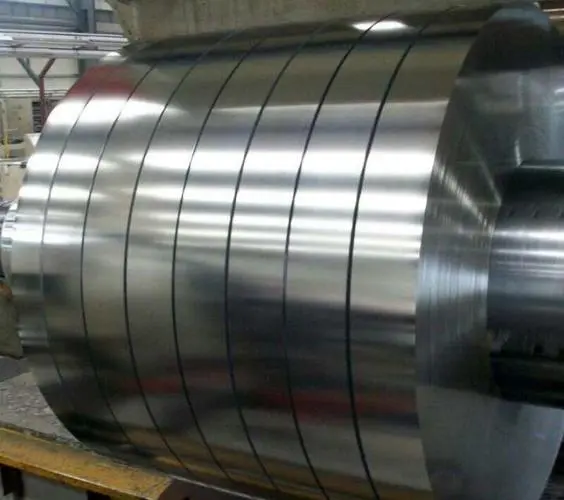
Carbon = ≤ 0.15 %
Manganese = 7.5 – 13 %
Sulphur = ≤ 0.03 %
Phosphorus = ≤ 0.045 %
Silicon = ≤ 1.0 %
Chromium = 13.0 – 15.0 %
Nickel = 0.8 – 1.5 %
Copper = 0.59 %
AISI 301 Properties: Characteristics, Compounds, and Applications
J3 stainless steel has a nickel content of around 0.8 – 1.5 %. This nickel percentage is drastically lower than more common stainless steel grades like 304, with about 8 – 10%.
Nickel stabilizes the austenitic structure and improves its workability. Thus, elements such as Manganese are increased to supplement the shortcoming of low-nickel contents.
Historically, the 200 and J series of stainless steel were made when nickel was rare. It is acclaimed that these steel grades were born during World War II as an alternative to the 300 stainless steel series.
Grade J3 has an approximate amount of 0.177 percent of nitrogen. These moderate amounts of nitrogen cause better-annealed strength.
In metallurgy, copper helps increase corrosion resistance, particularly with sulphuric and chloride-rich environments. However, increasing copper contents harms the steel’s permeability and workability. Thus, balancing elements are infused to regulate these properties.
An approximate 0.59 % of copper is present in a J3 stainless steel’s composition. It is considered as a low-copper tier among the J series.
AISI 301 Equivalent: Components, Processing, and Applications
Manganese increases a steel’s workability and permeability. It is a popular steel infusion that dated back to the 1930s. It’s one of the stabilizing elements which counteracts the adverse effects of copper on steel. Similarly, manganese helps supplement the loss of the same workability as commonly provided by nickel contents on stainless steel.
Just like the other J series steel, J3 has an excellent welding capability. However, there are still certain precautions to consider for intense welding operations to avoid carbide precipitation. For such, there are more preferable grades you might want to check out, like the 316 versions.
Kindly note that these properties can have slight variations depending on the manufacturer. Furthermore, other terms and value scaling may differ too. Thus, if you have further inquiries, always consult with your local manufacturer for more details.
AISI 301 Chemical Composition: Characteristics, Compounds,and Grades
If your product needs to work in a mild to moderately corrosive working environment, then J3 stainless steel is an important option for your product’s raw materials. J3 stainless steel is a chromium-manganese austenitic stainless steel. On the basis of austenitic stainless steel, an appropriate amount of nickel, copper and nitrogen are added. At the same time, because it increases the Cr content, the corrosion resistance of J3 stainless steel is stronger than that of J4 stainless steel, which is also a chromium-manganese austenitic stainless steel.
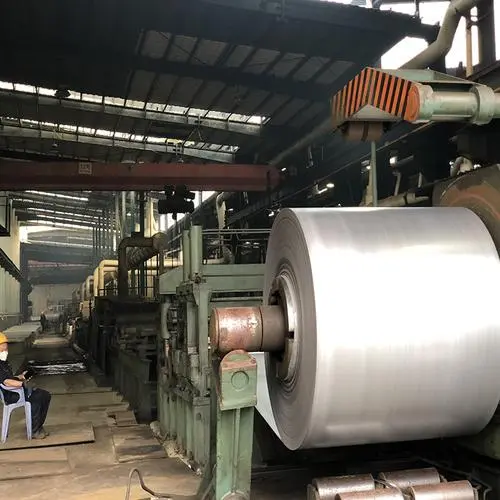
As we have established, the J series is unique with its lower nickel content than other stainless steel grades. However, it can get confusing if you will compare J3 to its kin in the J series. Thus we provided a detailed comparison between the different subgrades of the J series in stainless steel.
Metallurgists often identify a J grade based on their relative copper contents. Thus resulting in bracket ranges categorizing them as either high, mid, or low-copper. Let’s take a closer look and see how their differences correlate to their respective property values.
The comparison starts from the right (highest) to the left (lowest) values.
J5 (0.135%) – J2 (0.128%) – J3 (0.127) – J1 (0.104%) – J4 (0.06%)
Carbon is the main calibrating element in terms of the steel’s strength and hardness. However, it is also worth noting that a high amount of carbon causes brittleness. Thus, it is meticulously regulated among the elements of steel.
ASTM A240 Material: Applications and Classifications
J4 (1.57%) – J1 (0.81%) – J3 (0.59) – J2 (0.33%) – J5 (0.07)
The J series carbon content is inversely proportional to its copper content. Noticeably, J3 falls at the median of both elemental content. Thus, we can consider it the most balanced in terms of carbon and copper content among the J variants.
You can find it confusing here because J3 is categorized as a “low-copper” despite its position in this bracket. J4 is high-copper, and J1 is mid-copper; thus, J3 downwards can similarly be classified as low-copper. Make a note always to include J3 in your specifications and not just low-copper. It is due to the reason that J2 and J5 grades fall in the same category.
Copper content complements stainless steel’s corrosion resistance—however, high amounts of copper harm the steel’s workability, balanced using other elements.
J5 – J2 – J3 – J1 – J4
AS we’ve established, a steel’s strength leans on the amount of carbon it has. Thus, it is evident how force is directly proportional to its carbon content based on this value hierarchy.
J4 – J1 – J3 – J2 – J5
This property correlates to the stainless steel’s copper content. Copper is quite a valuable metal which means more copper content means more monetary value.
Always Provides You with the BEST Austenitic Stainless Steel Products
J3 stainless steel applications simply revolve around the features exhibited by its properties.
Akin to every other stainless steel, J3 has excellent resistance to corrosion and moderately aggressive organic acids. It also exhibits decent formability and weldability. Thus, we should capitalize based on these features.
As mentioned, the J series was initially developed as an alternative to the 300 series. Thus, some applications overlap between the two. The current industry best prefers J3 to applications such as:
1.Kitchen benches, stainless steel sinks, and other kitchen tools and appliances are regularly subjected to moisture and acids.
2.Chemical containers
3.Decorative moldings and trims in architecture
4.Food processing components or equipment, particularly in beer or wine brewing and milk processing
5.Heat exchangers
A Manufacturer of Stainless Steel Strips
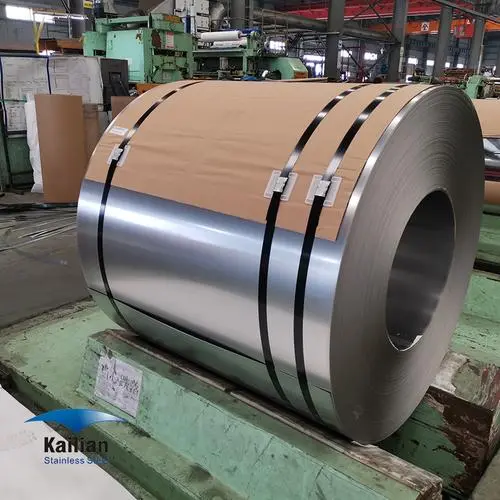
Metallurgy can be a highly complex topic and process, as evident with the stainless steel grade differences. Not many people truly understand how to maximize a steel’s potential, leading to wastage or, worse, misuse. Thus, any keen user must understand these properties of stainless steel grades to identify its applications correctly.
It is our pleasure to help you with every aspect of steel; our expertise. We hope that this article has helped clarify your inquiries, particularly with grade J3 stainless steel.
If you’re looking for a trustworthy stainless steel manufacturer or have further inquiries, feel free to contact us. Yaoyi takes pride in delivering only top-quality services and steel products.
Yaoyi has been producing J3 stainless steel since 1995. At the same time, the J3 stainless steel produced by yaoyi has a stronger elongation rate than the J3 stainless steel produced by other factories under the same pressure. This is because we have added exclusive technology to our production. Yaoyi has an experienced R&D team, which is why the world’s Fortune 500 companies choose us as the only overseas raw material supplier. We are more expensive than ordinary J3, but we are definitely more worthy of your purchase than other low-priced J3 steel.
A Complete Guide to 304 Stainless Steel Strapping